24 Surprising Foods That CAN Be Frozen
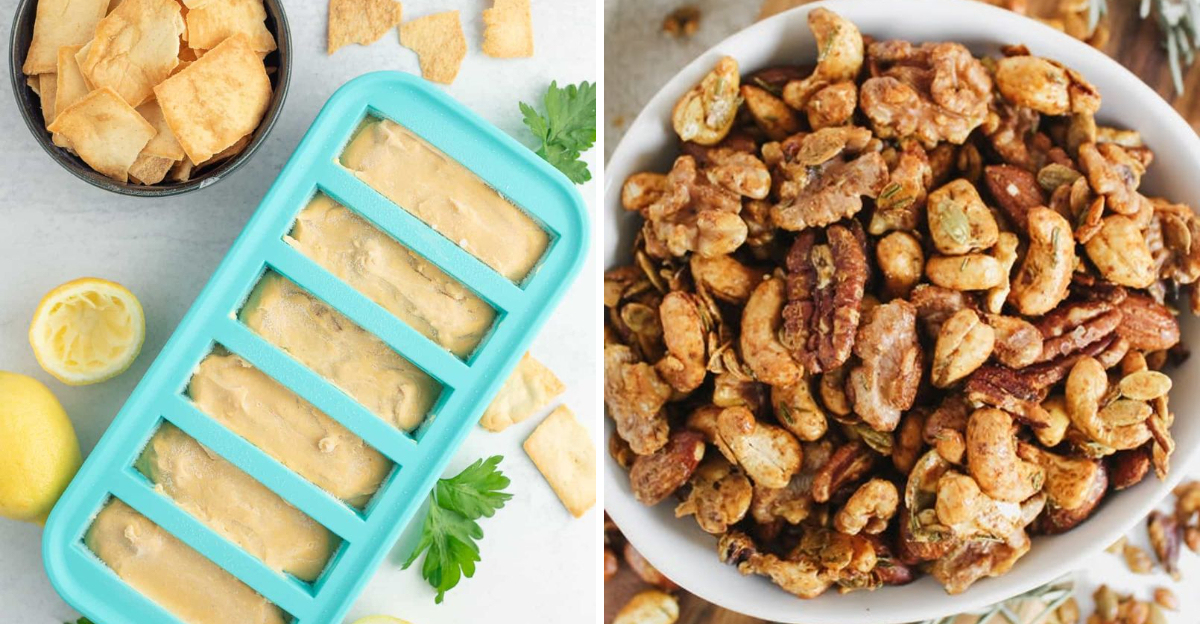
Freezing food can be an excellent way to preserve it and reduce waste, but some foods may surprise you with their ability to handle the chill. From dairy delights to unexpected desserts, you’ll find a variety of items that can be safely stored in your freezer without sacrificing flavor or texture. Explore this list to discover 24 foods that defy the ordinary rules of freezing, offering unique opportunities to maintain freshness and experiment in the kitchen.
1. Avocado
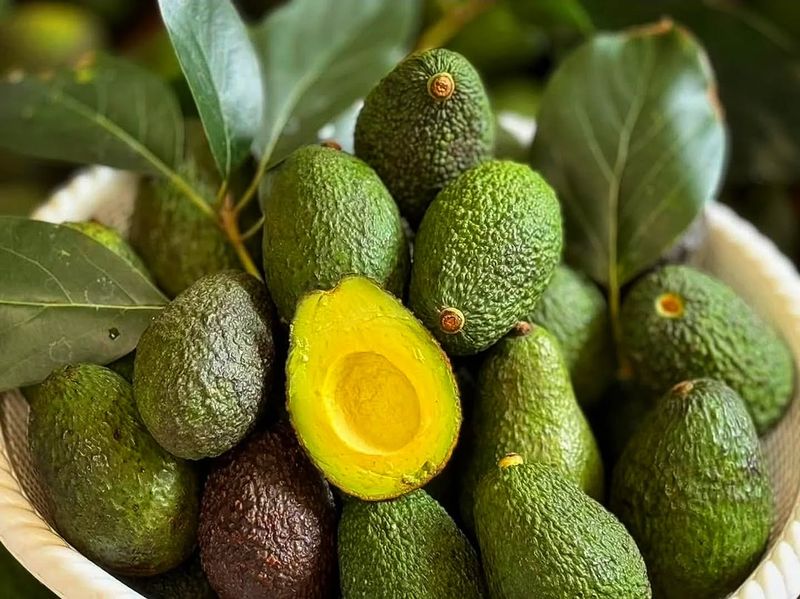
Avocados can be frozen to extend their shelf life and reduce waste. Simply scoop the flesh from ripe avocados and mash it with a bit of lemon juice to prevent browning. Store in an airtight container or freezer bag.
When ready to use, thaw in the refrigerator and blend into smoothies or spreads. While the texture may change slightly, the flavor remains intact.
This method is perfect for those who love avocados but struggle to use them all before they overripen. Give it a try next time you find yourself with too many avocados.
2. Cheese
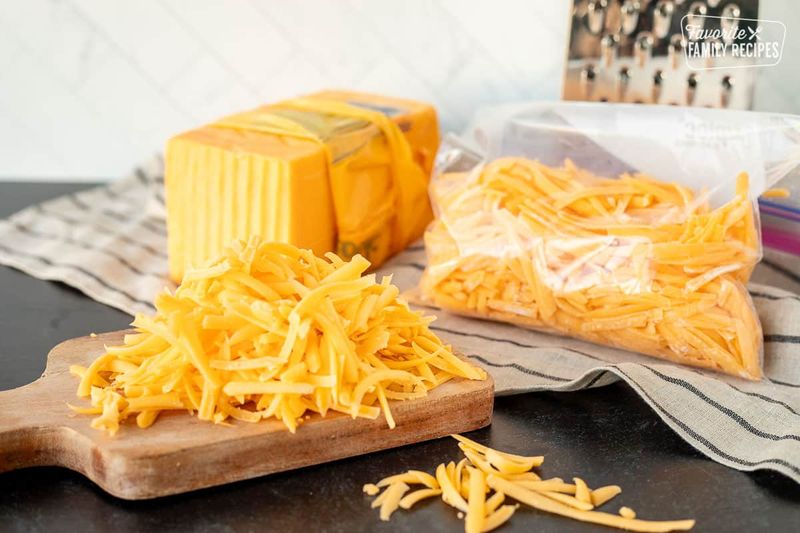
Cheese lovers rejoice! Many types of cheese can be frozen without losing their distinctive taste. Hard cheeses like cheddar and mozzarella freeze especially well. Cut into portions and wrap tightly in plastic wrap or foil before placing in a freezer bag.
For best results, thaw cheese in the refrigerator and use within two months. The texture may become crumbly, making it ideal for cooking.
Freezing cheese allows you to buy in bulk and save money, ensuring you always have some on hand for those spontaneous cooking moments.
3. Eggs

Freezing eggs is a clever way to preserve them when bought in bulk. Crack the eggs into a bowl and beat until well blended. Pour into ice cube trays or muffin tins for portioning, then freeze.
Once frozen, transfer eggs to a freezer-safe bag. Thaw in the fridge overnight before using in baking or cooking.
Although the texture can change slightly, frozen eggs remain nutritious and useful. This trick is perfect for home bakers or anyone who finds themselves with an excess of fresh eggs.
4. Milk

Milk can be frozen to extend its shelf life and prevent wastage. Pour milk into an airtight container, leaving some room for expansion, and place in the freezer.
Thaw in the refrigerator and give it a good shake before use to redistribute any separated components.
Frozen milk can be used in cooking and baking, where slight changes in texture are less noticeable. This option is handy for those who often find themselves with leftover milk after it has expired.
5. Nuts
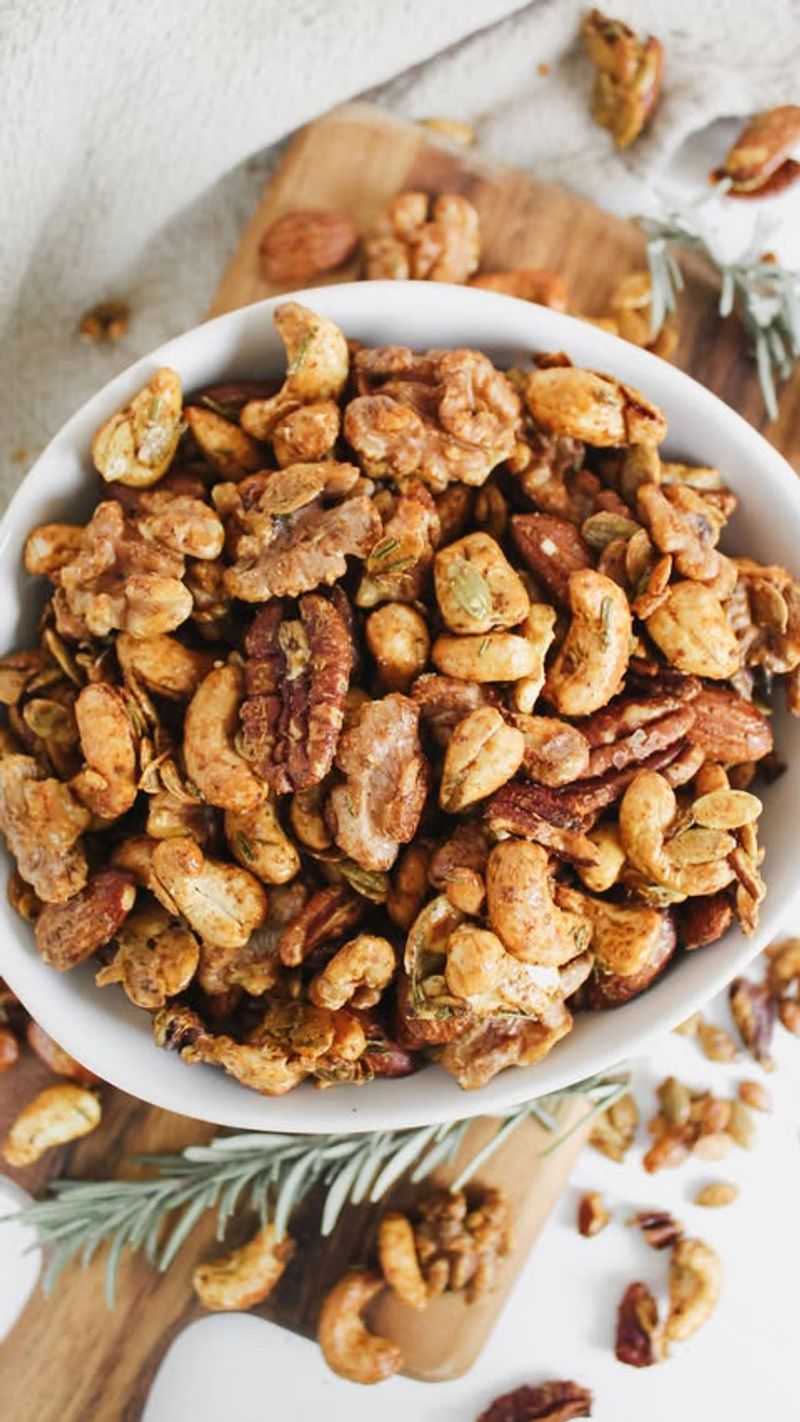
Freezing nuts can keep them fresh and flavorful for much longer, preventing them from going rancid. Simply place nuts in an airtight container or freezer bag, removing as much air as possible.
Thaw at room temperature or use straight from the freezer in recipes. Frozen nuts retain their nutritional value and are perfect for baking or snacking.
This technique is ideal for bulk buyers or those who like to keep a variety of nuts on hand for culinary experiments.
6. Bananas

Bananas freeze beautifully, making them a quick go-to for smoothies or baking. Peel ripe bananas and slice or mash before placing in a freezer-safe bag.
Use frozen bananas directly in smoothies or thaw for use in banana bread and muffins. They maintain their sweetness and flavor, even if the texture changes.
This method is perfect for anyone who finds themselves with more bananas than they can eat before they become overripe. Enjoy the convenience and flavor of frozen bananas.
7. Butter
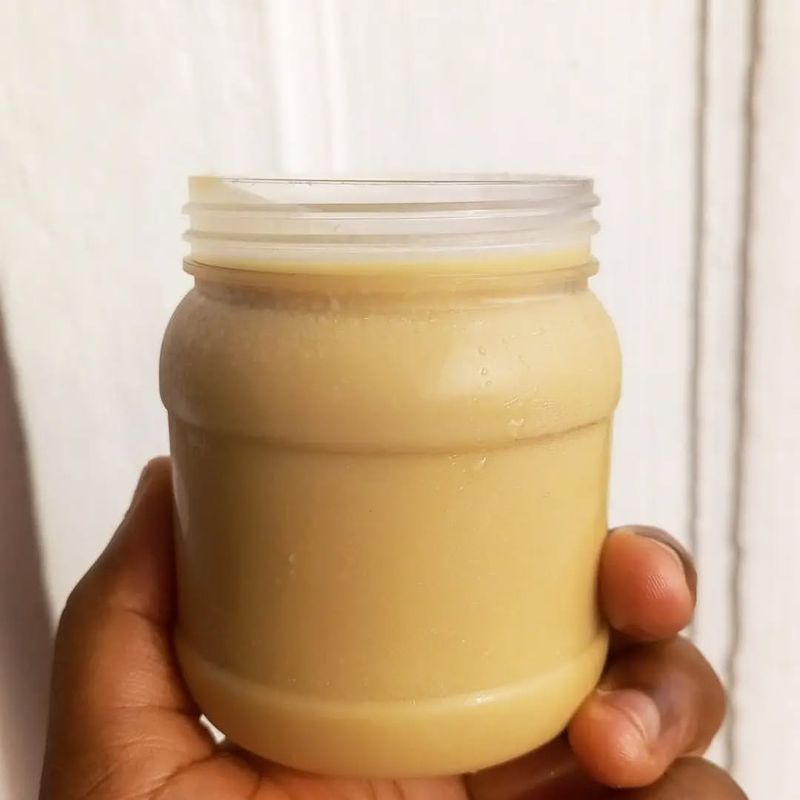
Butter can be frozen to prolong its freshness, especially when bought in bulk. Wrap the butter in its original packaging or foil and place in a freezer bag to prevent freezer burn.
Thaw in the refrigerator before using. The texture and flavor remain unaffected, making it perfect for cooking and baking.
This tip is particularly useful for those who love to bake or cook with real butter and want to take advantage of sales by stocking up without worry of spoilage.
8. Grated Carrots
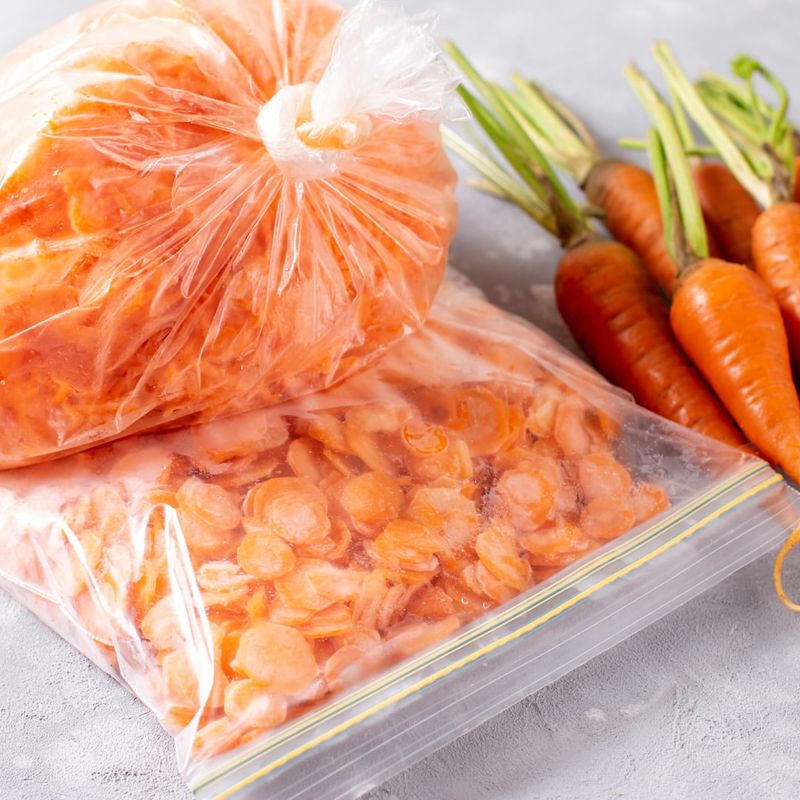
Grated carrots can be frozen for use in soups, stews, and baked goods. Spread grated carrots on a baking sheet and freeze until solid, then transfer to a freezer bag.
This method prevents them from clumping together. Use them directly from the freezer, as they thaw quickly during cooking.
This approach is perfect for gardeners or anyone who buys carrots in bulk, allowing them to keep this versatile vegetable on hand all year round.
9. Bread
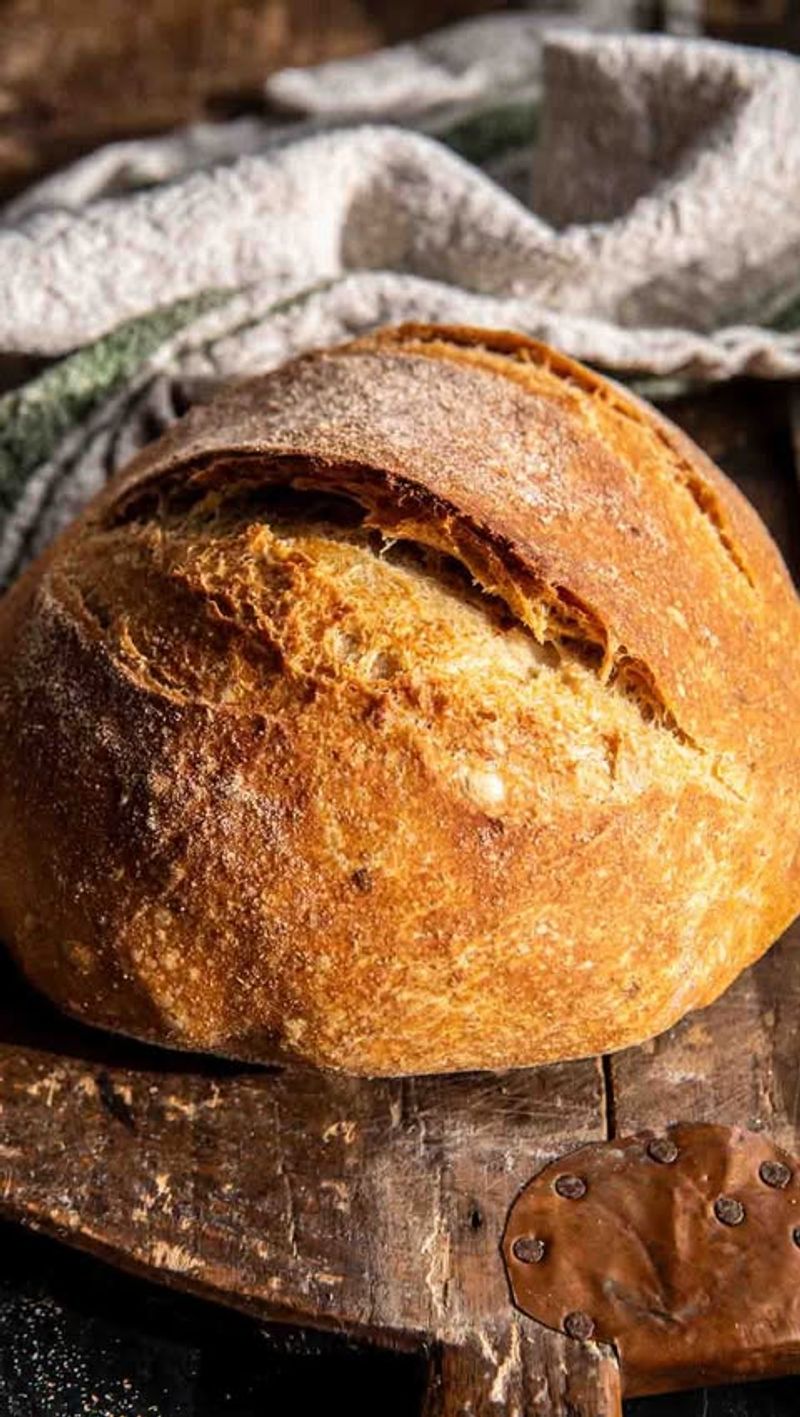
Freezing bread can help preserve its freshness and prevent mold. Slice the loaf and place slices in a freezer bag, separating each with parchment paper for easy removal.
Thaw at room temperature or toast directly from the freezer. The flavor and texture remain intact, making it convenient for busy mornings.
By freezing bread, you can enjoy bakery-fresh taste whenever you desire, without worrying about it going stale or moldy.
10. Cooked Pasta
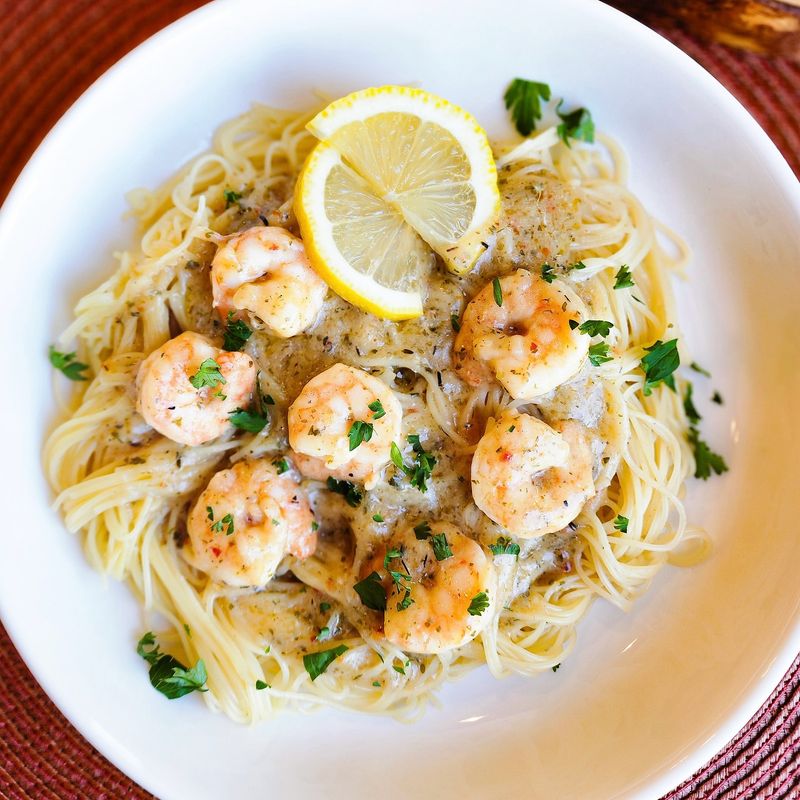
Cooked pasta can be frozen for quick and easy meals. After cooking, drain and toss pasta with a small amount of olive oil to prevent sticking.
Portion into freezer bags, removing excess air. Thaw in the refrigerator or reheat directly in a sauce. The pasta maintains its flavor and complements any dish.
This method is excellent for meal planning, allowing you to prepare and freeze pasta in advance for those busy weeknights or spontaneous dinner plans.
11. Yogurt

Yogurt can be frozen to extend its shelf life without losing nutritional benefits. Place yogurt in its original container or divide into smaller portions for easy use.
Thaw in the refrigerator or enjoy as a frozen treat. While the texture may change slightly, it remains perfect for smoothies or cooking.
This tip is ideal for yogurt enthusiasts who buy in bulk or find themselves with surplus yogurt close to expiration.
12. Herbs
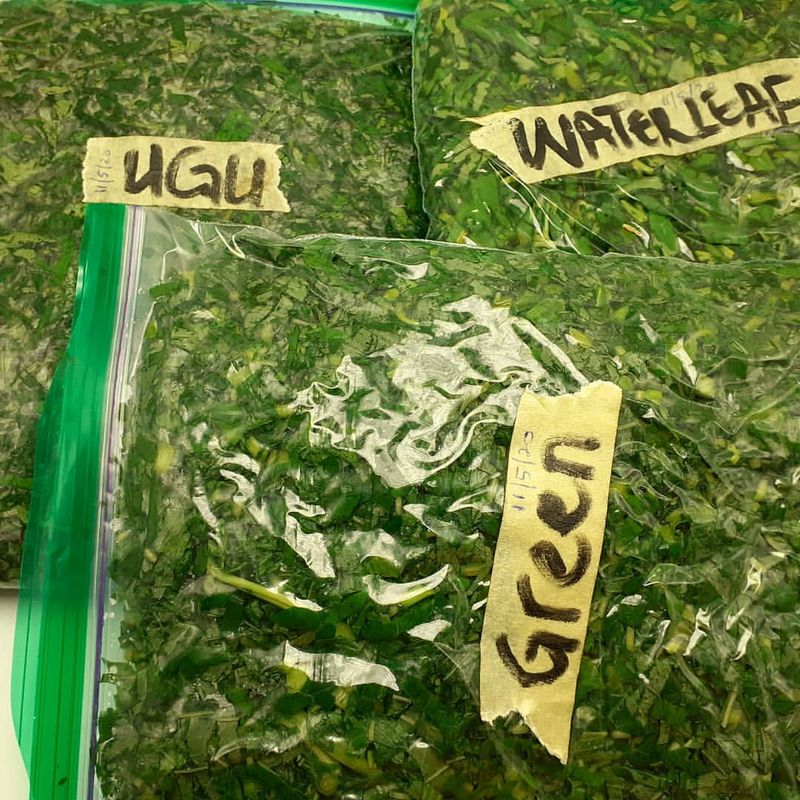
Freezing herbs is an excellent way to preserve their fresh flavor. Chop herbs finely and mix with a small amount of olive oil or water, then freeze in ice cube trays.
Transfer to freezer bags once solid. Use these flavorful cubes directly in cooking for a burst of freshness.
This technique is perfect for gardeners or anyone who loves cooking with fresh herbs but finds them wilting too quickly in the refrigerator.
13. Mashed Potatoes
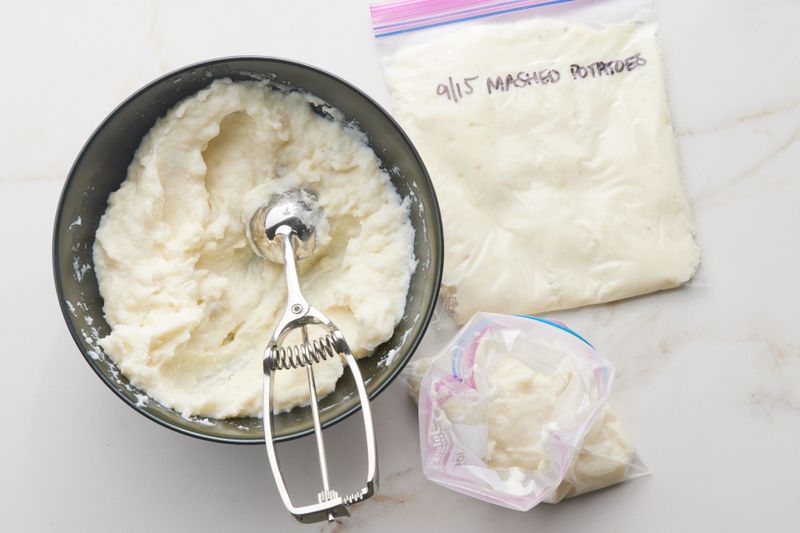
Mashed potatoes can be frozen and reheated without losing their comforting flavor. Prepare potatoes with cream and butter, then cool completely.
Portion into airtight containers or freezer bags, leaving space for expansion. Thaw in the refrigerator and reheat gently on the stove or in the oven.
This method is ideal for busy families or anyone who enjoys meal prepping, ensuring you always have a side dish ready to go.
14. Rice

Cooked rice can be frozen for a quick meal solution. After cooking, allow rice to cool completely, then portion into freezer bags or containers.
Thaw in the refrigerator or microwave, adding a splash of water to restore moisture. The taste remains consistent, perfect for impromptu meals.
This option is ideal for those who like to prepare meals in advance or have leftover rice they don’t want to waste.
15. Tomato Paste
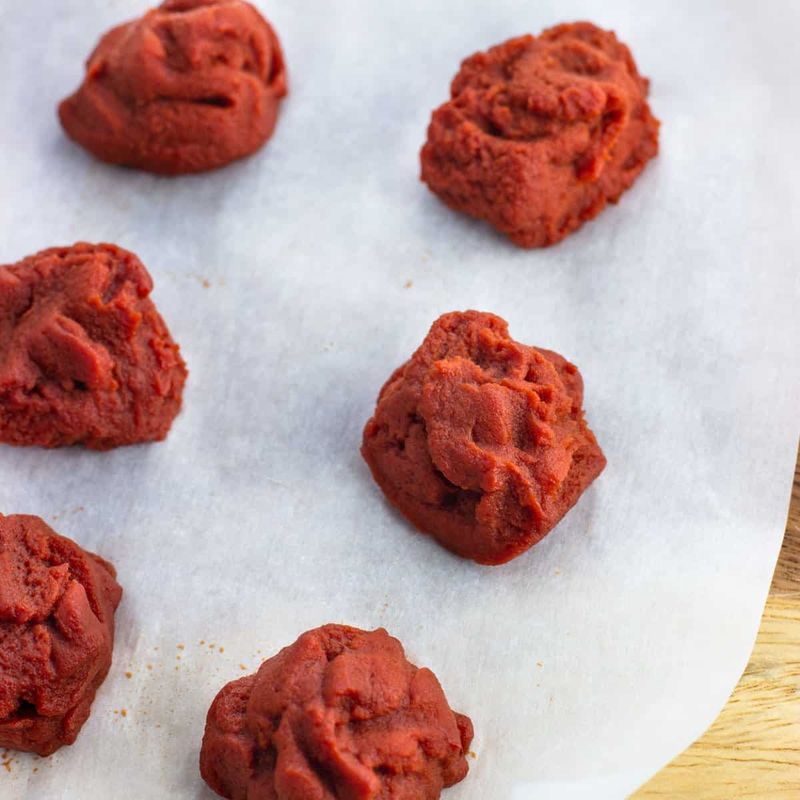
Tomato paste often comes in larger quantities than needed for a single recipe. Freeze leftover paste in tablespoon-sized portions on a baking sheet, then transfer to a freezer bag.
This allows you to use just what you need without waste. The flavor remains robust, perfect for enriching soups and sauces.
This tip is particularly useful for home cooks who want to avoid throwing away unused portions and appreciate the convenience of pre-measured ingredients.
16. Hummus
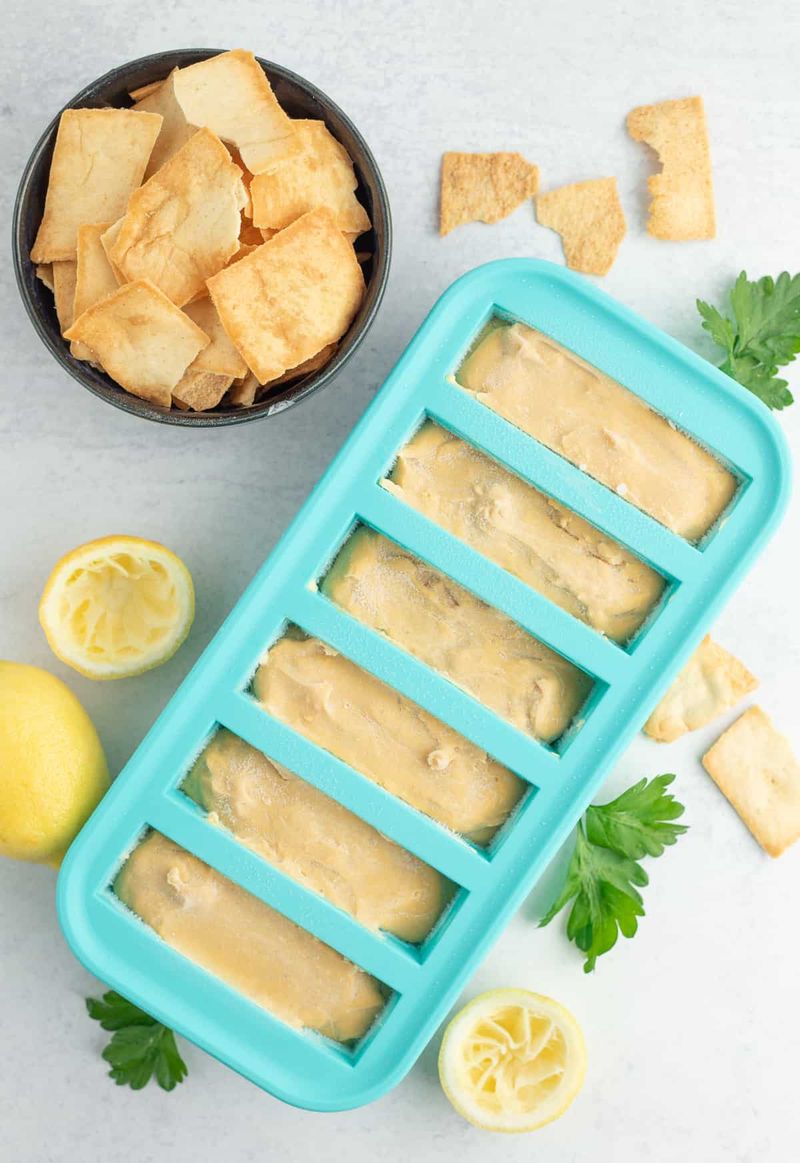
Hummus can be frozen to prolong its deliciousness. Place in an airtight container, leaving a bit of space for expansion, and freeze.
Thaw in the refrigerator and stir well before serving. The texture may become slightly grainy, but the flavor remains unchanged.
This method is ideal for hummus lovers who enjoy making large batches or taking advantage of store sales, ensuring they have this tasty dip ready whenever the craving strikes.
17. Soup
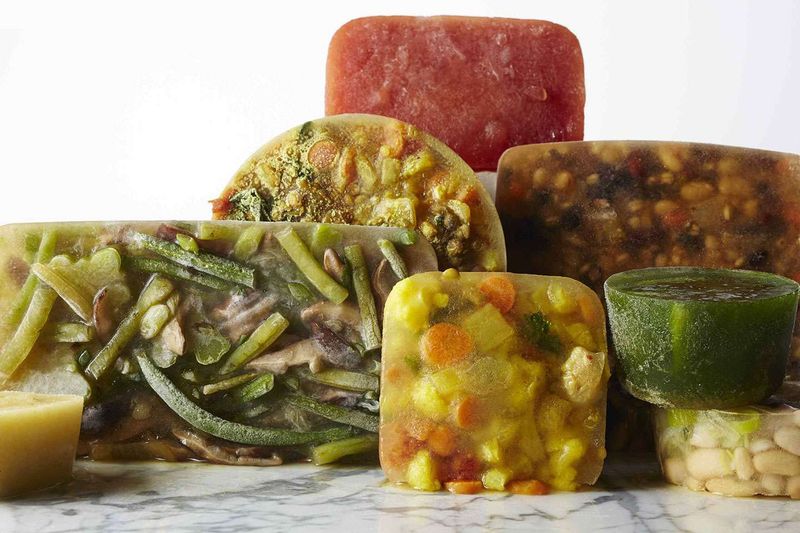
Soups, particularly broth-based ones, freeze exceptionally well. Cool the soup completely before transferring to airtight containers, leaving space for expansion.
Thaw in the refrigerator and reheat on the stove for a comforting meal. The flavors deepen over time, enhancing the taste.
This method is perfect for batch cooking, allowing you to prepare and store healthy meals for busy days or unexpected guests.
18. Pesto
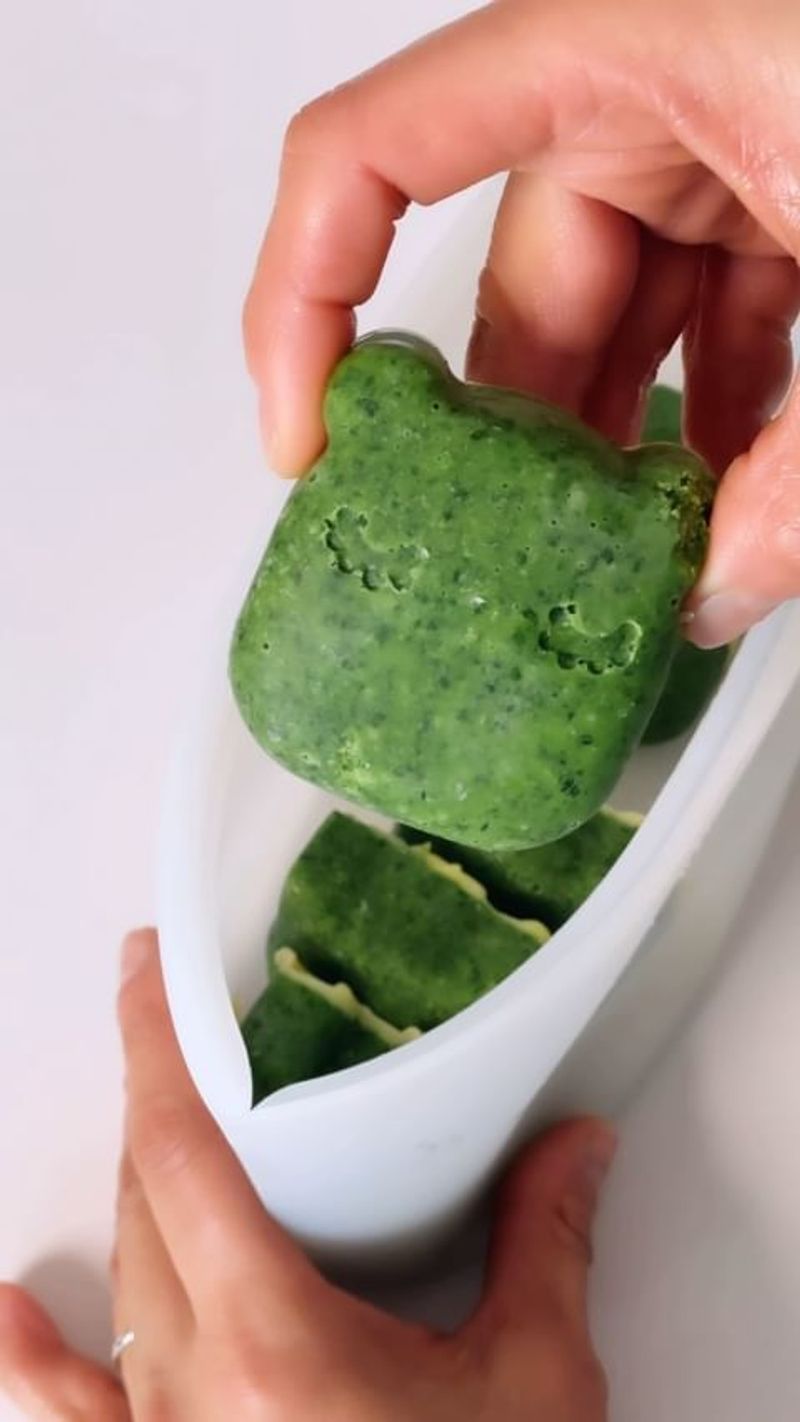
Pesto freezes beautifully, preserving its vibrant flavor. Spoon pesto into ice cube trays or small containers and freeze until solid.
Transfer to freezer bags for long-term storage. Use frozen pesto cubes directly in pasta or spread on sandwiches.
This technique is excellent for those who make homemade pesto or buy it in bulk, ensuring you can enjoy its fresh taste anytime without spoilage.
19. Tortillas
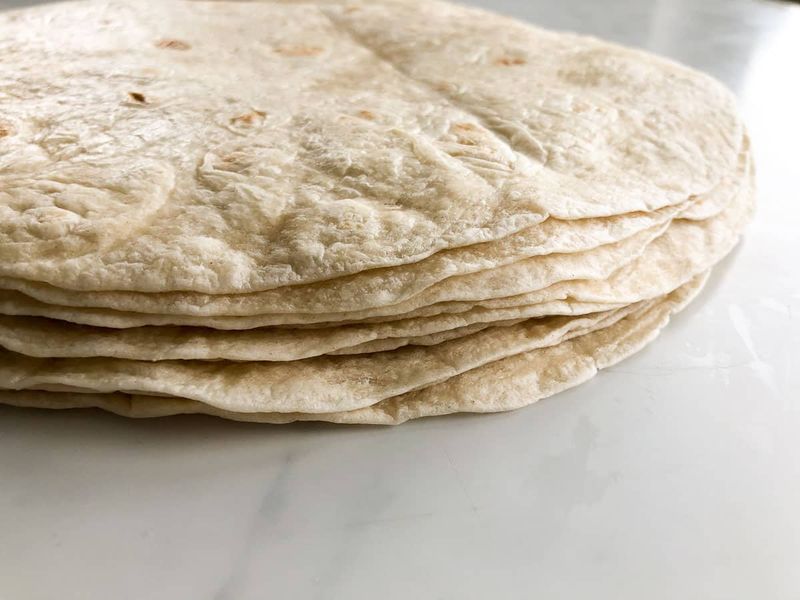
Tortillas can be frozen to maintain their soft texture and fresh taste. Separate each tortilla with parchment paper and place in a freezer bag.
Thaw at room temperature or warm in the oven. They retain their flexibility and flavor, perfect for quick meals.
This tip is ideal for those who enjoy Mexican cuisine and want to keep tortillas on hand for spontaneous taco nights or meal prep.
20. Grapes
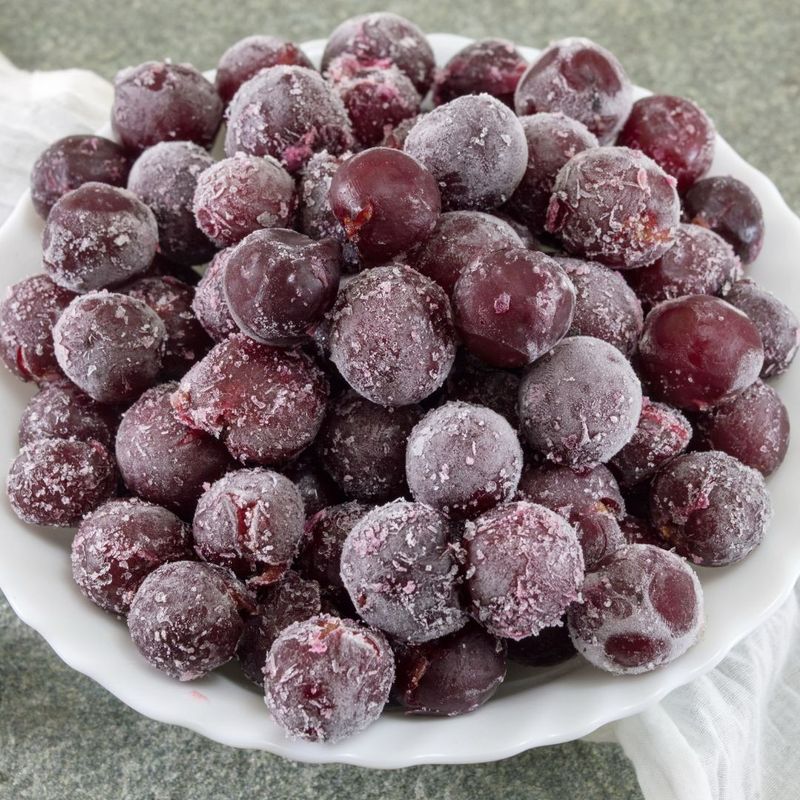
Frozen grapes make a delightful, healthy snack. Wash and dry grapes thoroughly, then spread on a baking sheet and freeze until solid.
Transfer to freezer bags for easy snacking. They maintain their sweet juiciness, offering a refreshing alternative to sugary treats.
This method is perfect for grape lovers or anyone looking for a cool snack during warm weather, ensuring you always have a healthy option available.
21. Citrus Zest
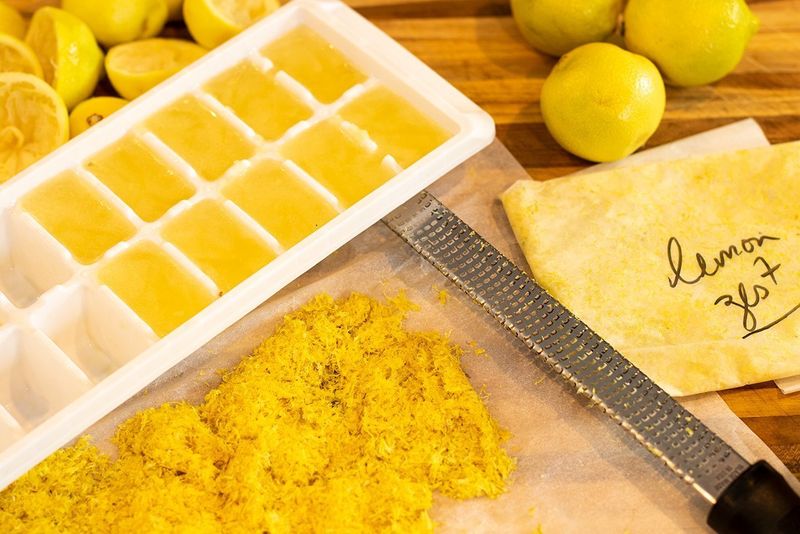
Citrus zest can be frozen to preserve its bright flavor for future use. Zest lemons, limes, or oranges and spread the zest on a baking sheet.
Freeze until solid, then transfer to a freezer bag or jar. Use directly from the freezer in recipes for a burst of citrus brightness.
This technique is ideal for bakers and cooks who want to have zest on hand without having to zest fresh fruit each time.
22. Homemade Baby Food
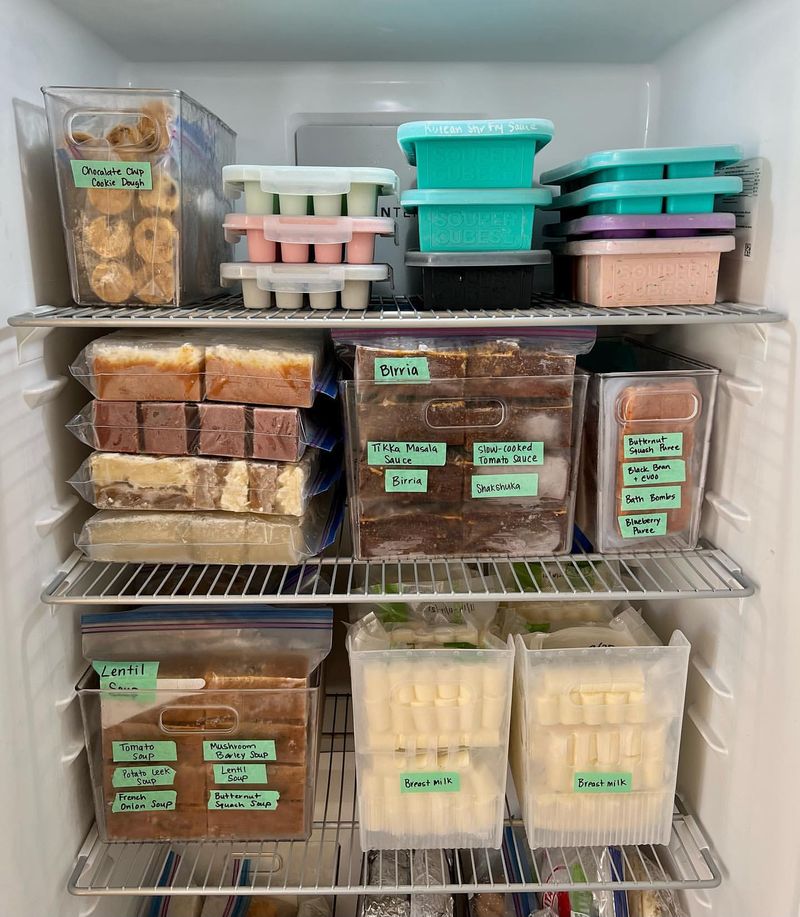
Homemade baby food can be frozen in portioned sizes for convenience. Use ice cube trays to freeze small servings, then transfer to freezer bags.
Thaw in the refrigerator or warm gently before serving. This method allows parents to prepare nutritious meals in advance.
By freezing homemade baby food, you can ensure your little one enjoys wholesome meals without the preservatives found in store-bought options. It’s a cost-effective and health-conscious choice for families.
23. Fish

Freezing fish is an excellent way to preserve its freshness and nutritional value. Wrap fish fillets tightly in plastic wrap or foil and place in a freezer bag.
Thaw in the refrigerator before cooking to enjoy its delicate flavor and texture. This method helps reduce spoilage and waste.
Perfect for seafood lovers who want to have quality fish readily available, this technique ensures you can savor fresh taste without frequent trips to the store.
24. Olives
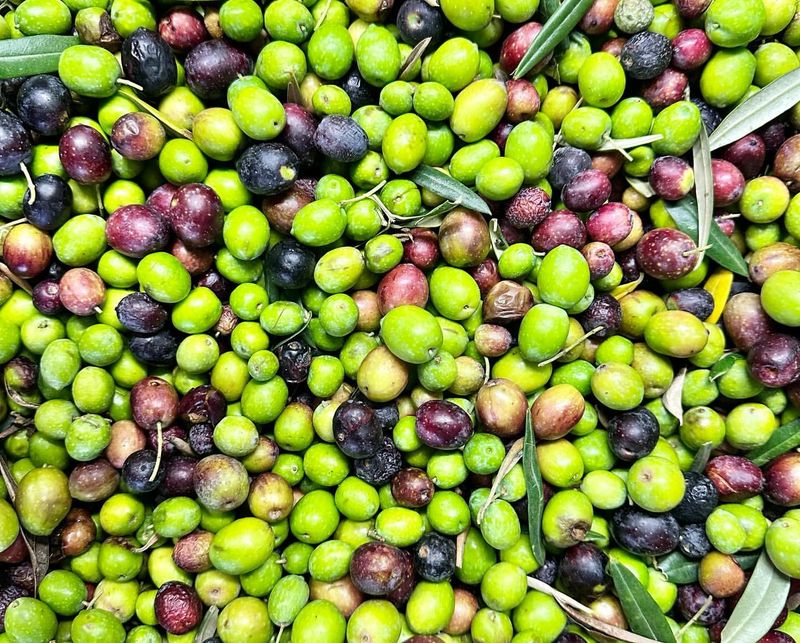
Olives can be frozen to maintain their savory flavor and texture. Drain excess brine and place olives in a freezer bag, removing as much air as possible.
Thaw in the refrigerator and enjoy in salads, pasta, or as a snack. The taste remains robust, making them a versatile ingredient.
This tip is perfect for olive enthusiasts who buy in bulk or want to ensure they always have this flavorful addition on hand for various dishes.
